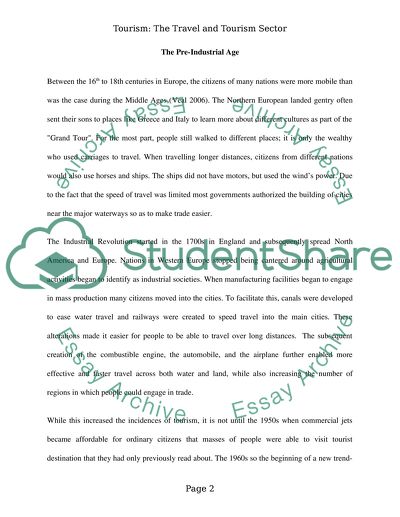Cite this document
(“The travel and tourism sector Coursework Example | Topics and Well Written Essays - 2500 words”, n.d.)
Retrieved de https://studentshare.org/tourism/1481866-the-travel-and-tourism-sector
Retrieved de https://studentshare.org/tourism/1481866-the-travel-and-tourism-sector
(The Travel and Tourism Sector Coursework Example | Topics and Well Written Essays - 2500 Words)
https://studentshare.org/tourism/1481866-the-travel-and-tourism-sector.
https://studentshare.org/tourism/1481866-the-travel-and-tourism-sector.
“The Travel and Tourism Sector Coursework Example | Topics and Well Written Essays - 2500 Words”, n.d. https://studentshare.org/tourism/1481866-the-travel-and-tourism-sector.


